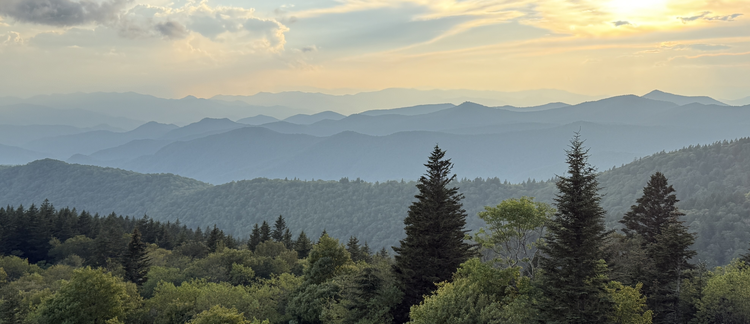Abstract
The Last Chair of the Forest and the Plastic Bottle, created by Edwin Salas Acosta through the McCullough Fellowship and under the mentorship of Dr. Victoria Bradbury, integrates art, technology, and environmental awareness in an immersive virtual reality (VR) experience. Using Unreal Engine 5, it invites participants to reflect on the fragility of Asheville, North Carolina’s ecosystems by asking the viewer to virtually sit on the last wooden chair, a poignant symbol of ecological vulnerability. This VR artwork explores the environmental impacts of technological devices and materials, focusing on variables such as the tree, the Oculus headset, disposable plastic bottles, and sustainable design. It aims to connect the production and disposal of consumer products to larger environmental issues such as deforestation and microplastics. Through the concept of the "butterfly effect," this research tracks how everyday consumer behavior contributes to global environmental degradation. This jolt to human consciousness about the impacts of climate change underscores the urgency of addressing the interconnected issues of deforestation, plastic pollution, and artificial intelligence’s role in predicting and influencing ecological futures.Keywords: virtual reality, climate emergency, immersive media, ecology, museums
How to Cite
Acosta, E. S., (2025) “The Last Tree of the Forest, the Plastic Bottle, (Before and After) and Helene”, Capstone, The UNC Asheville Journal of Undergraduate Scholarship 38(1).
61
Views
171
Downloads
